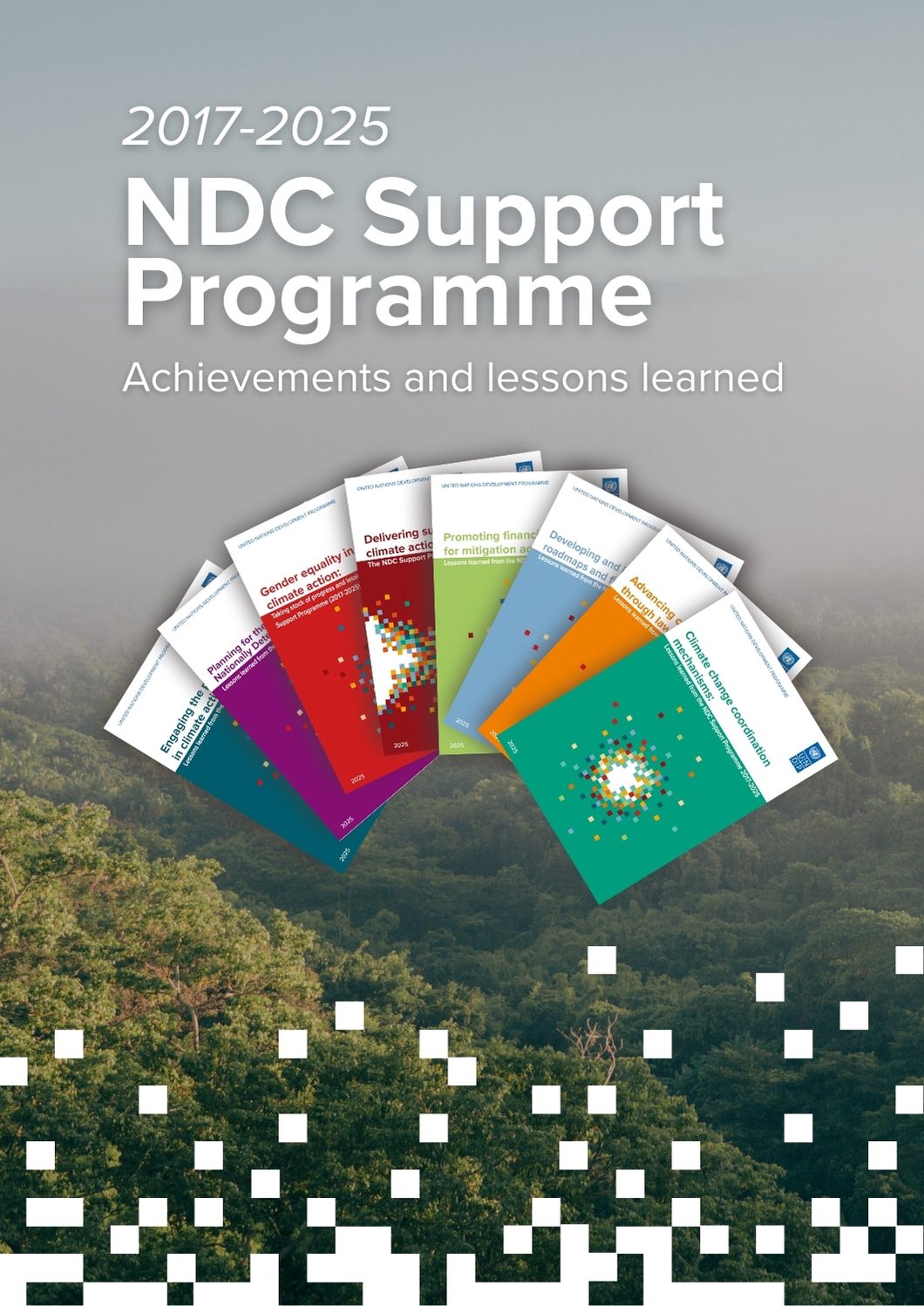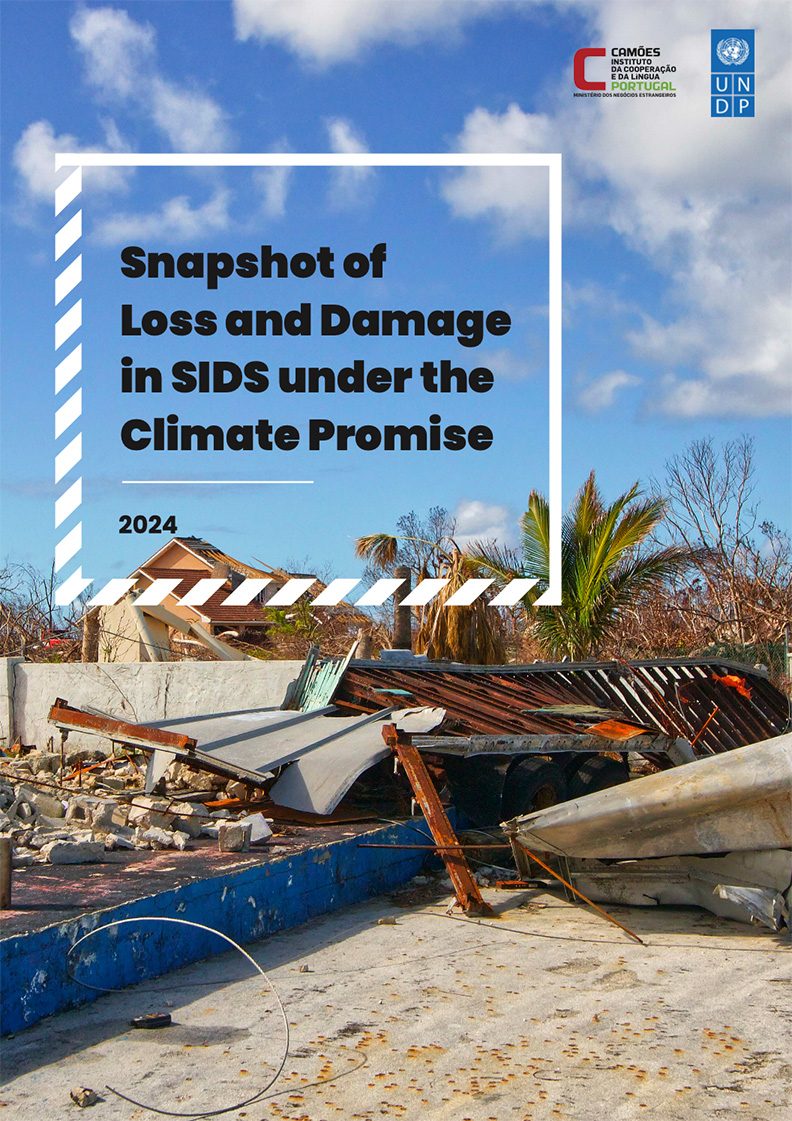Circular Economy Opportunities: Vanuatu

Vanuatu is on the frontlines of climate change. It is highly exposed to its impacts change, even as the country adopts policy measures that will help preserve natural assets and keep GHG emissions per capita low. With an annual per capita material footprint of 6.1 tonnes and a per capita carbon footprint of 2.1 tCO2e, Vanuatu’s population already maintains a small carbon and material footprint. Furthermore, reports suggest that the country’s people rank among the happiest in the world.
Vanuatu’s 80 islands have chosen to depart from the traditional development pathway, where the use of large amounts of carbon-intensive materials helps build infrastructure, assemble stocks of consumer goods and provide material wealth. Instead, Vanuatu prioritizes its national resources and seeks to further advance national well-being without increasing material consumption and thereby avoid associated environmental impacts. The circular economy can guide the country in reducing its material impact even further, also targeting also the remaining 41 percent of material use for consumption that is still linear and that threatens the country’s natural asset base, such as its fishing stocks, forests and soils.
This analysis of circular economy opportunities for Vanuatu seeks to help reduce the waste flow of imported materials, while also examining how to improve the resource efficiency of all material use, including domestically-sourced materials. The analysis focuses on materials with a relatively large carbon footprint. Where they include imported goods and materials, their reduction will also help to decrease emissions in other countries.


